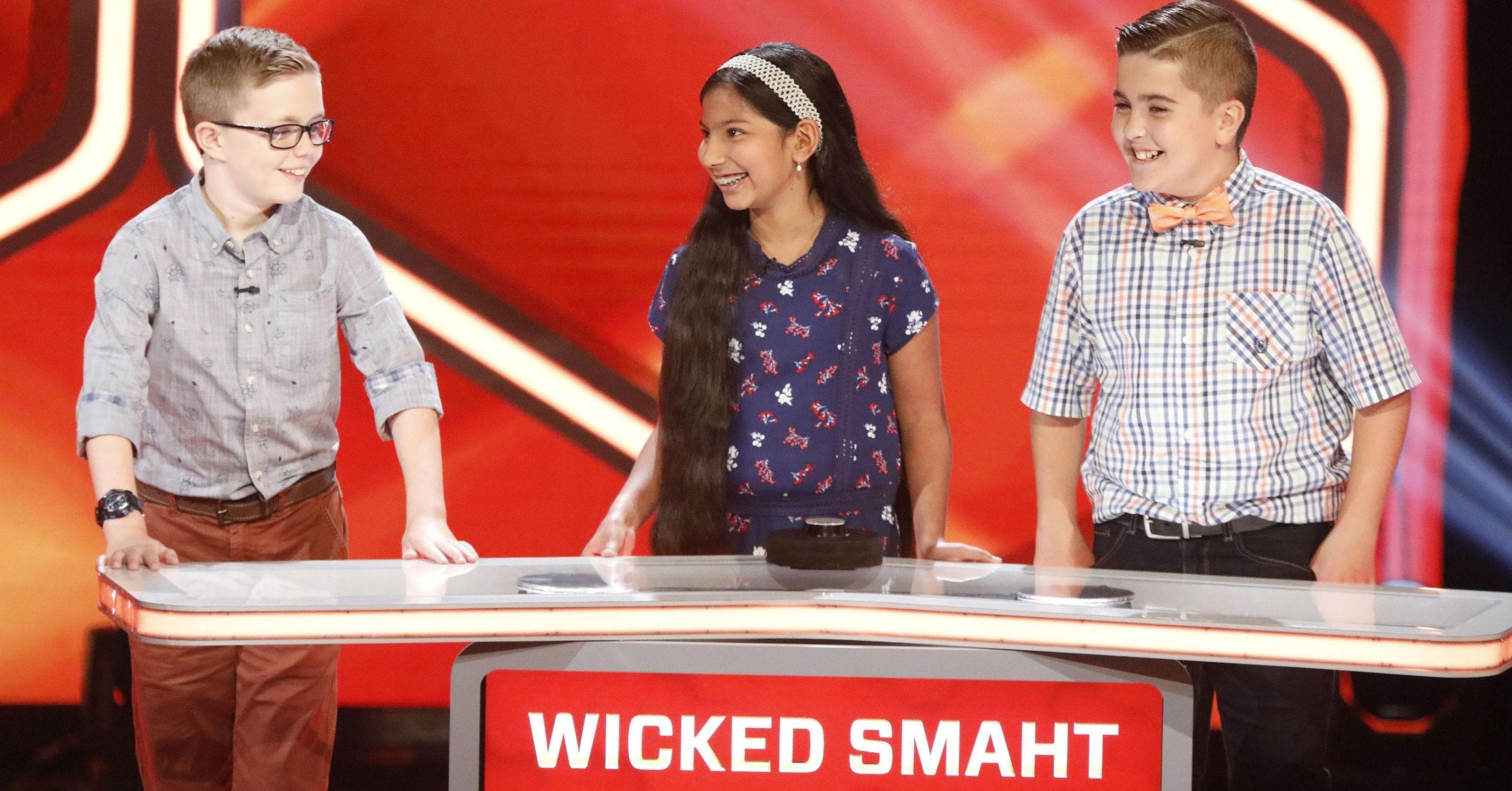

Beyond the Pixels: Navigating the Exciting World of Latest Kids’ Gaming News
Gaming has firmly cemented its place not just as a form of entertainment, but as a significant cultural force and a key part of modern childhood. For parents, educators, and caregivers, keeping up with the latest trends, popular titles, and important considerations in kids’ gaming can feel like a full-time job. The landscape is constantly evolving, offering incredible opportunities for fun, learning, and social connection, but also presenting challenges that require careful navigation.
This article dives into the current state of kids’ gaming, exploring what’s new, what’s popular, the technological shifts shaping the experience, and crucially, how to ensure a safe and balanced approach for young players.
The Ever-Evolving Playground: What’s Popular Now?
While classics endure, the top spots in kids’ gaming are often held by titles that foster creativity, social interaction, and a sense of endless possibility.
-
- Minecraft: Still a reigning champion, Minecraft continues to captivate millions of kids worldwide. Its blocky, open world allows for unparalleled creativity, whether players are building intricate structures, exploring vast landscapes, or surviving against pixelated monsters. Recent updates often introduce new biomes, creatures, and building mechanics, keeping the experience fresh. Beyond survival mode, its creative mode is a powerful tool for imagination and design. Its educational potential is also widely recognized, with a dedicated “Minecraft: Education Edition” used in schools globally to teach subjects ranging from coding and math to history and environmental science.
- Roblox: More than just a game, Roblox is a massive platform where users can create and play millions of different games developed by other users. This user-generated content model means there’s literally something for everyone, from elaborate role-playing games and obstacle courses (obbys) to simulation games and social hangouts. Its popularity stems from this incredible variety and its strong social component, allowing kids to connect and play with friends in countless virtual worlds. Recent news often revolves around popular new games within the platform, updates to the creation tools, and virtual events hosted within Roblox.
- Animal Crossing: New Horizons: While not brand new, this life simulation game remains incredibly popular for its relaxing gameplay, focus on creativity (designing your island and home), and gentle social interaction (visiting friends’ islands). Its appeal lies in its low-pressure environment, charming aesthetics, and the simple joy of building a virtual life at your own pace.
- LEGO Games: The LEGO franchise consistently releases popular titles based on major movie and comic book properties (Star Wars, Marvel, Harry Potter, etc.). These games are known for their accessible gameplay, cooperative multiplayer modes, humorous storytelling, and collectible elements, making them a reliable choice for family-friendly fun.
- Indie Darlings and Educational Gems: Beyond the blockbusters, a vibrant scene of independent games and titles specifically designed for learning continues to grow. Games focused on puzzles, logic, exploration, and even coding (like Scratch or Code.org’s activities, though not traditional games, share similar principles) are gaining traction as parents look for screen time with tangible benefits.
Trends Shaping the Experience:
Several trends are influencing how kids play and interact with games:

-
- Cross-Platform Play: The ability to play the same game with friends regardless of whether they are on a PC, console, or mobile device is becoming increasingly common and highly valued. This breaks down barriers and makes social gaming more accessible.
- Live Service Games: Many popular kids’ games, like Fortnite (popular with older kids but worth mentioning due to its cultural impact and crossover events) and even Roblox experiences, are “live service” games. This means they are constantly updated with new content, events, and seasons, encouraging ongoing engagement.
- Mobile Dominance: For many kids, their first gaming device is a tablet or smartphone. Mobile games offer convenience and accessibility, though parents need to be particularly mindful of in-app purchases and ads on this platform.
- The Blurring Lines: Games are increasingly integrating social media elements, virtual events (like concerts or movie screenings within games), and user-generated content, making them more than just games – they are social spaces and creative platforms.

Technology’s Role: More Accessible Than Ever
Technological advancements are making gaming more accessible and varied:
- Improved Mobile Hardware: Smartphones and tablets are powerful enough to run sophisticated games.
- Cloud Gaming (Emerging): While perhaps less immediately relevant for very young children, cloud gaming services (like Xbox Cloud Gaming, GeForce NOW) have the potential to make higher-end gaming accessible on less powerful devices, which could impact the kids’ gaming landscape in the future.
- Enhanced Graphics and Performance: Games look better and run smoother than ever, creating more immersive experiences.
- Accessibility Features: Many games are now incorporating features to make them playable for children with different needs, such as customizable controls, colorblind modes, and adjustable difficulty levels.
The Cornerstone: Safety and Parental Controls
With the rise of online connectivity and in-game purchases, safety remains the most critical topic in kids’ gaming news. Parents need to be informed and proactive.
- Online Interaction: Many popular kids’ games have social components, including chat features (text or voice) and the ability to play with strangers. Risks include exposure to inappropriate language, cyberbullying, or contact with malicious individuals.
- What’s new/relevant: Platforms are constantly (or should be) updating their moderation tools and reporting systems. Many games now offer filtered chat options or limit communication to “friends only” or pre-set phrases.
- Parental Action: Understand the communication features of the games your child plays. Use parental controls on consoles, platforms (like Roblox or Epic Games), and devices to disable or limit chat, friend requests, and multiplayer with strangers. Teach your child about online safety, not sharing personal information, and what to do if they see or hear something that makes them uncomfortable (report and tell a trusted adult).
- In-Game Purchases (Microtransactions & Loot Boxes): Many free-to-play games and even some paid titles offer items for purchase within the game (new skins, virtual currency, power-ups). Loot boxes, which offer random virtual items, have drawn criticism for their gambling-like mechanics. These can lead to unauthorized spending and teach questionable financial habits.
- What’s new/relevant: There’s ongoing debate and some regulatory movement in various countries regarding loot boxes and deceptive design that encourages spending (sometimes called “dark patterns”).
- Parental Action: Crucially, secure your payment methods. Use strong passwords, PINs, or biometric security on devices and gaming accounts. Disable in-game purchases entirely via parental controls or platform settings. Talk to your child about the value of money and why virtual items cost real money. Avoid linking credit cards directly to gaming accounts used by children.
- Content Appropriateness: Not all games are suitable for all ages. Age ratings (like ESRB in North America, PEGI in Europe) provide guidance, but they are just a starting point.
- What’s new/relevant: Age rating systems are periodically reviewed, and platforms are working (with varying success) to enforce these ratings, especially for online play.
- Parental Action: Check the age rating and research the game (watch gameplay videos, read reviews) before allowing your child to play. Understand why a game received a certain rating (violence, language, mature themes, online interaction). Play the game yourself or with your child to gauge its suitability.
- Screen Time Management: While not strictly a “safety” issue in the sense of online risks, managing how much time kids spend gaming is a constant concern.
- What’s new/relevant: Devices and platforms are increasingly offering built-in screen time tracking and limiting tools.
- Parental Action: Set clear boundaries and expectations for gaming time. Use device or platform-level controls to enforce limits. Ensure gaming is balanced with other essential activities like homework, physical activity, sleep, and face-to-face social interaction. Lead by example with your own screen time habits.
More Than Just Fun: The Developmental Benefits
It’s easy to focus on the risks, but it’s vital to remember the significant developmental benefits that responsible gaming can offer:
- Problem-Solving and Critical Thinking: Many games require players to think strategically, solve puzzles, manage resources, and overcome challenges.
- Creativity and Imagination: Games like Minecraft and Roblox provide open-ended tools for creation and self-expression.
- Social Skills and Cooperation: Multiplayer games require communication, teamwork, negotiation, and conflict resolution when playing with others, especially friends.
- Persistence and Resilience: Failing in a game and trying again teaches valuable lessons about not giving up in the face of difficulty.
- Hand-Eye Coordination and Spatial Reasoning: Action and puzzle games can improve these skills.
- Learning Specific Skills: As mentioned, educational games can teach coding, history, science, and more in an engaging way.
Finding the Balance
The key message for parents navigating the world of kids’ gaming is balance and engagement. Gaming isn’t inherently good or bad; its impact depends on the content, the amount of time spent, and the context in which it’s played.
Stay informed about the games your children are interested in. Talk to them about their gaming experiences. Play games with them – it’s a great way to connect, understand what they enjoy, and supervise their online interactions. Use the available parental controls. And most importantly, ensure that gaming is part of a varied and healthy lifestyle that includes plenty of non-screen activities.
The world of kids’ gaming is dynamic, filled with innovation and opportunities. By staying informed, setting clear boundaries, and engaging with your children’s digital lives, you can help them enjoy the many benefits gaming offers while minimizing the potential risks.







